I'm confused about the via placement in power traces either to change layers as part of routing the main supply or to get to component pins from a layer different to where the power trace is located, and from components such as decoupling caps to the ground reference plane.
I read here "Many small via vs few bigger via" and here "https://www.ultracad.com/articles/viacurrents.pdf" that having multiple vias is better but both sources talk more about the thermal benefits of having multiple small vias as opposed to one big via.
My confusion is when I look at this from an inductance standpoint since small vias have higher inductance and high inductance is definitely not a good idea in a power distribution network.
So my questions are. Is it better to have two, or more, 10 mil vias or one large 30 mil or 40 mil via on decoupling capacitors?
And, is it better to have multiple 10 mil vias or one large via to connect VCC top layer to bottom layer and the power supply GND to the GND plane?
I'm not concerned about the heat but more for power integrity. I just want to be able to switch layers without introducing much inductance and have effective decoupling.



